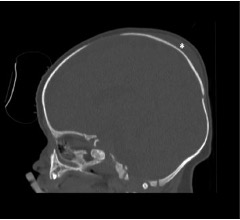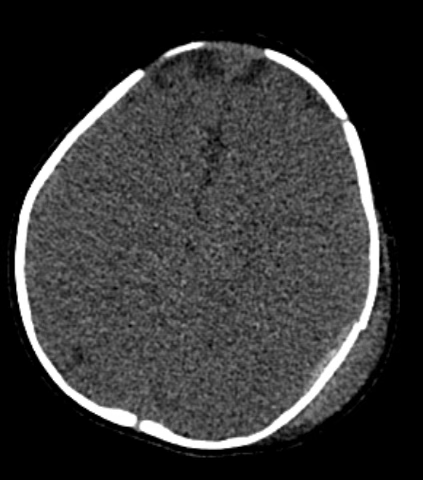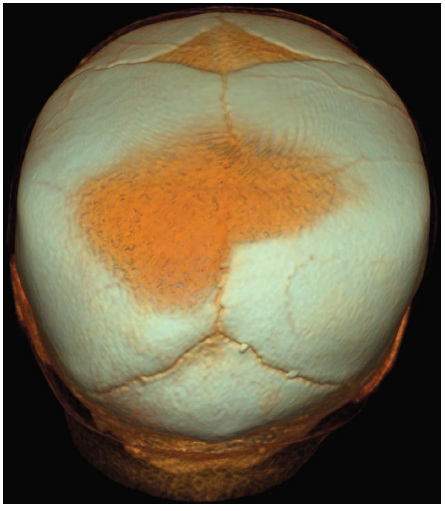When Its Just a Bump on the Head: Interpreting Skull Fractures in the Context of Child Maltreatment
- Clinically apparent STS is present in ~3/4 of children with skull fractures.
- There was no difference in clinical STS with simple (79%) versus complex (68%) fractures.
- Unintentionally injured infants did not differ significantly from abused for detectable STS (74% vs 50%).
- Parietal and frontal bones were the most frequently sustained fractures and most consistently had associated STS.
Accessible Version
When we look at soft tissue swelling associated with skull fractures, we see that ~3/4 of children with skull fractures have overlying soft tissue swelling. This confirms some sort of impact. There was also little difference between soft tissue swelling in cases where a simple vs a complex fracture was identified. This intuitively makes sense as it is common for children to develop “bumps” (soft tissue swelling) on their head after sustaining minor falls. This is important in cases where there is diffuse subdural hemorrhage without soft tissue swelling; we are much more concerned about injury that includes a whiplash or shaking mechanism. And as has been shown previously, parietal and frontal bones are the most frequently sustained fractures and most consistently have associated soft tissue swelling.





